The rise of AI tools and solutions has been one of the most impactful changes to the way people build, scale, monetize, and grow products in years.
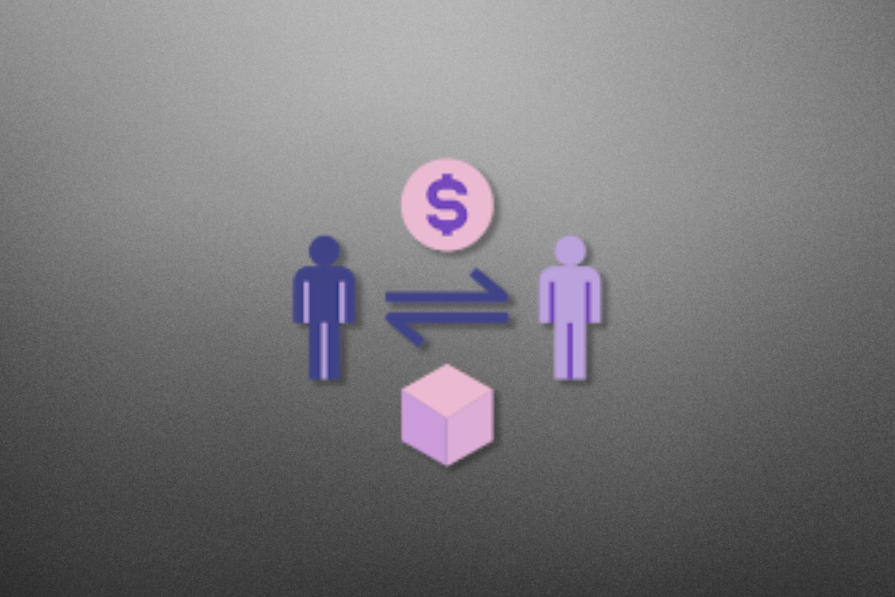
There’s simply no area of product management that hasn’t been impacted by AI to some extent.
Today, I’ll provide you with a deeper look at an area that has been experiencing one of the biggest shifts in recent months due to AI: customer acquisition.
You’re simply playing a completely different game today than you’re used to.
The biggest challenge that AI brings to customer acquisition is its impact on the content acquisition loop.
SEO-based content loops have been one of the most powerful, scalable, and sustainable acquisition loops for decades. They come in the form of either user- or company-generated content and have been fairly successful so far:
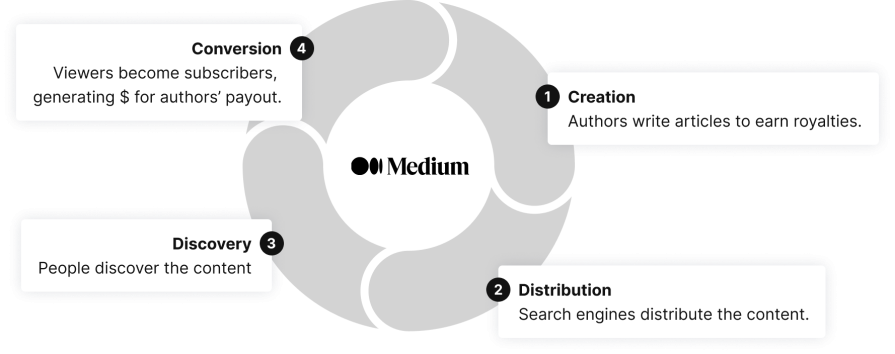
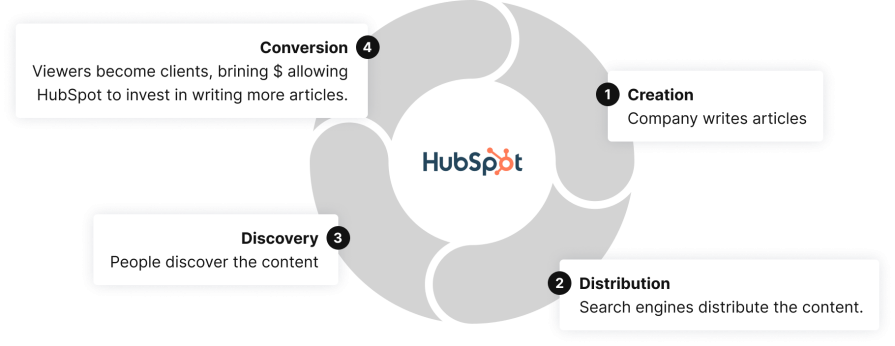
However, these growth models are now getting disrupted by AI, making it more difficult to achieve the same results as a couple of years back. There are two main factors contributing to that.
The more tools such as ChatGPT, Gemini, Perplexity, or Copilot gain traction, the less incentive people have to go to a search engine to ask a question.
Why would you go through search results to get the answer you need if you can ask a very detailed question to an AI model?
As of today, the impact of dedicated AI tools isn’t that significant yet. Let’s take a look at US traffic of Google versus the biggest AI player on the market, ChatGPT:
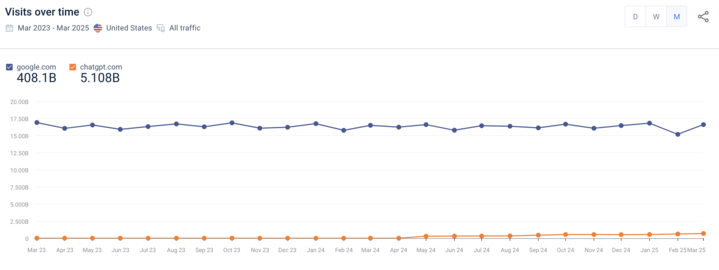
ChatGPT, with all its might, has slightly above one percent of the market share. This number is deflated, as one user can ask ten different questions during one session without refreshing the page, but the point is still valid.
You can, however, see ChatGPT gaining traction each month. With younger generations being increasingly AI-savvy, AI tools will become an even bigger competitor for search engines for day-to-day queries.
The bigger and more worrying challenge comes from the AI overviews on search results pages. Especially on Google:
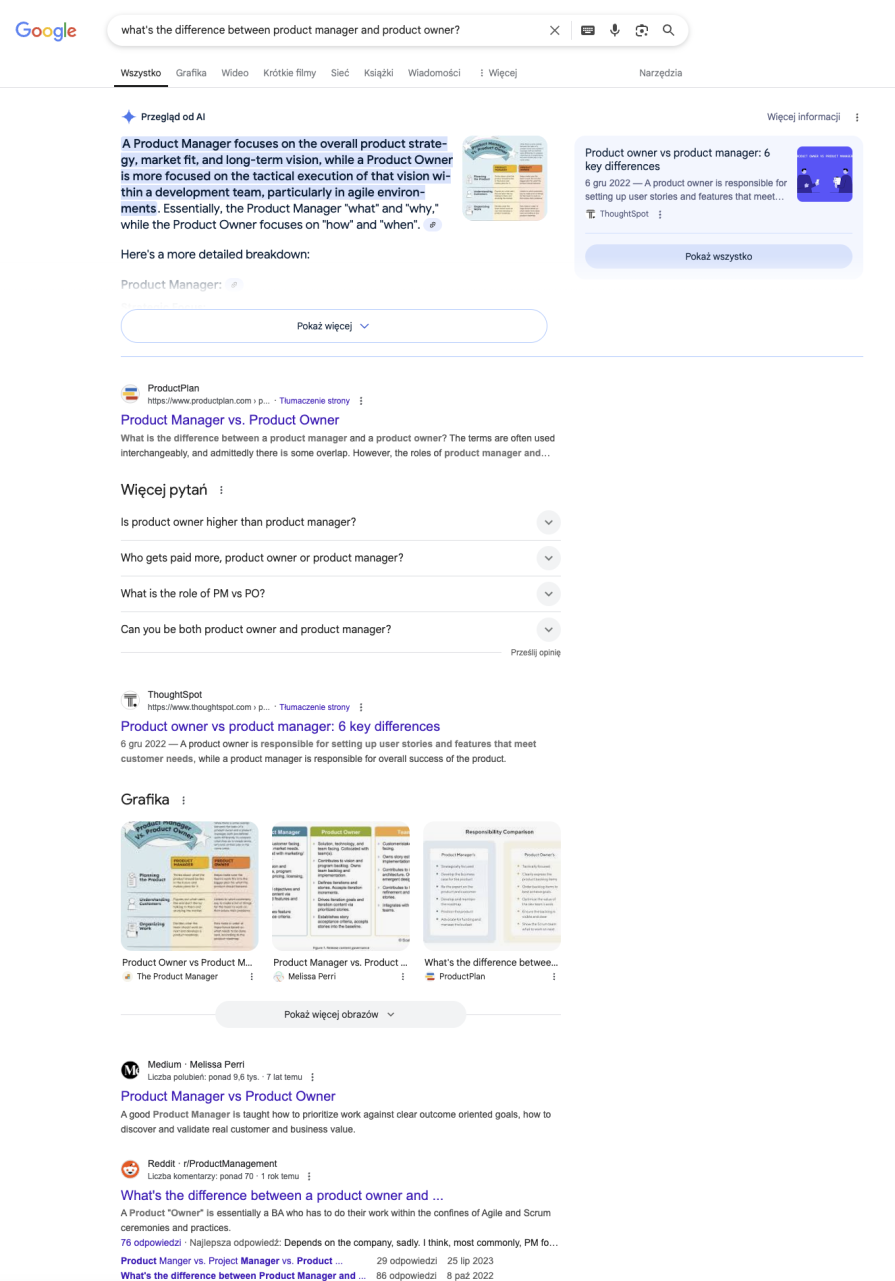
Users no longer have to click on a search result to get the answer they need. AI is doing a pretty good job of providing the highlights most users need.
While it’s difficult to quantify on a global scale, I can anecdotally tell you that all four SEO-driven products I oversee (either directly or as a consultant) have noticed drops in CTRs (percent of people clicking on their search result when displayed) correlated with increased rollout of Google’s AI overviews.
I’m mentioning Google specifically because even though other search engines also implement AI overviews, they tend to be less detailed and more focused on actually making users click on specific search results, rather than giving all information upfront:
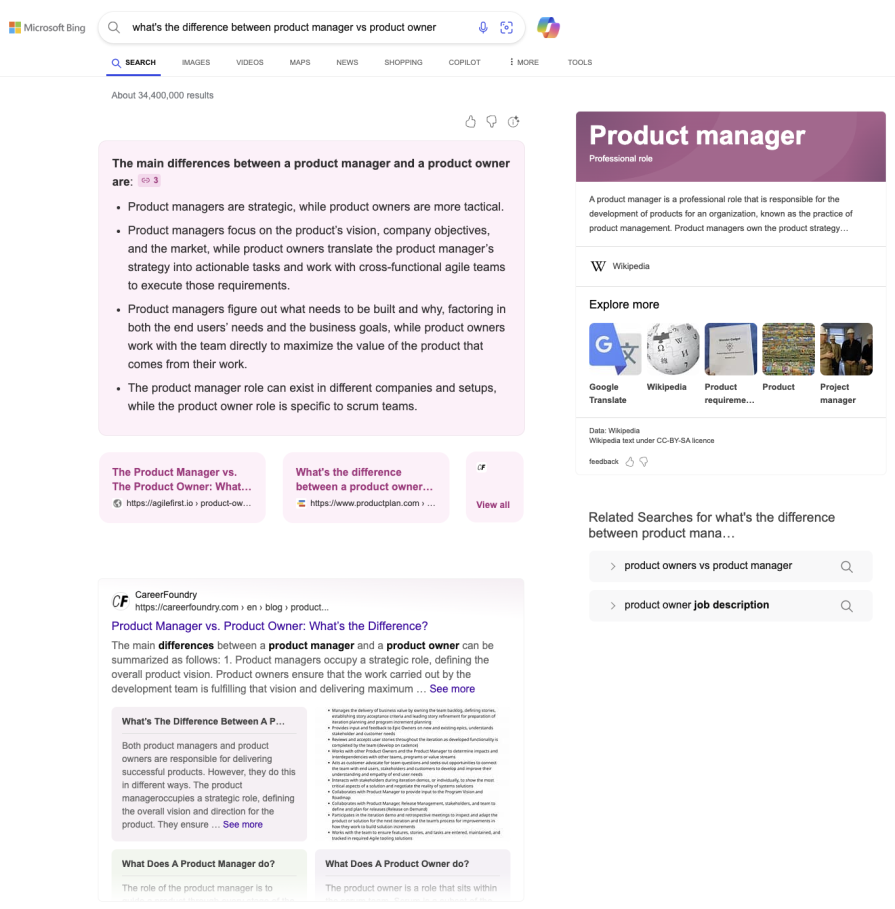
With Google being the biggest player and acting the most aggressive with AI overviews, it greatly lowers publishers’ acquisition potential.
Even though AI’s impact on SEO-driven acquisition might be detrimental to many businesses, AI also presents you with new opportunities.
In hindsight, content creation got significantly cheaper.
First of all, AI enables new types of content loops:
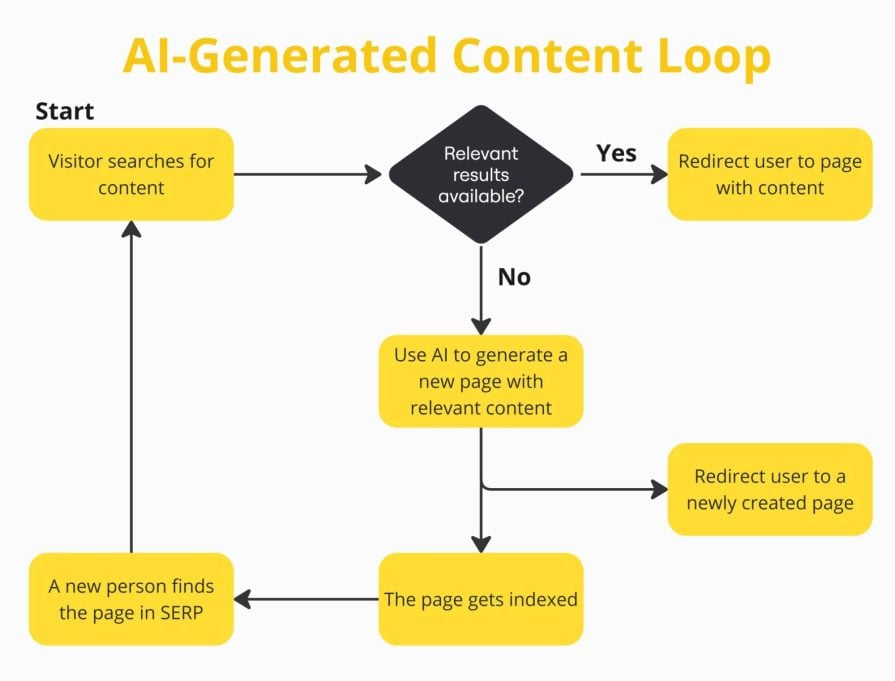
However, it’s not only about the ability to create hundreds of dedicated AI-powered pages and articles — this has its own challenges — but also about original human content.
Research has become faster; proofreading happens instantaneously, and you can get decent quality translations without hiring any agencies or translators.
The CTRs may be decreasing but you can offset that by putting more content out.
The challenge, however, is that the content creation has gotten cheaper for everyone — for your competitors too.
AI also brings new possibilities, especially when it comes to paid marketing.
In the past, running multiple dedicated marketing campaigns required significant headcount and effort.
Nowadays, content creation at scale is easier than ever before. Using AI tools, you can divide one marketing campaign into a dozen niche-down, dedicated campaigns. The AI can then analyze the performance and adjust the campaigns even further.
Even a solopreneur can now launch a hundred dedicated targeted campaigns with relative ease.
AI is able to analyze vast amounts of data to uncover patterns in user behavior and intent. This makes it easier to get your message across to a very specific user segment.
The ROI of well-thought-out marketing actions can increase dramatically with AI’s:
Smarter targeting doesn’t help only with the top of the funnel. Based on your learnings from marketing campaigns, you can further optimize and personalize the landing pages and onboarding flows of your products.
Instead of having three campaigns with three landing pages and onboarding flows, you can build dozens of funnels
From a technical point of view, it can still be a single onboarding flow. Instead of writing dedicated copy, you can build strings that ask generative AI tools such as ChatGPT to generate the copy on the go based on all the information you have on the user (both from where they came from and what information they provided you during the onboarding).
This can increase the conversion rates of your onboarding flows significantly, ultimately making a positive impact on the cost of activating and monetizing one new customer.
The personalization aspect might be getting repetitive at this point, but the truth is, this is the biggest opportunity AI brings.
In the past, if your target audience could be divided to say three distinctive user segments, you had two options:
Now, there’s a third path open: building custom AI personalization and customization engines in your product. As of today, it’s even more expensive than building dedicated products/journeys, but it’s way more scalable.
This personalization can include changing the:
Lastly, you can automate the most expensive part of our sales process.
Chatbots are a prime example. Although most people will still prefer the human touch — and you should still cater for that — there are segments of users that are perfectly fine talking to a chatbot about details to get the quote or initial offer before jumping into the actual sales talk.
You can then reduce the number of sales meetings from, say, three, to just one. Or just decrease the time a salesperson has to spend in between meetings on assessing the client and preparing the best offer.
If I were to summarize the impact of AI on customer acquisition, it would be the change from big funnels to numerous smaller ones.
In the past, you needed just one big and perfectly executed acquisition channel to get most of your customers from:

But now it’s different.
Although the principles of virality haven’t changed that much, other acquisition loops have been impacted a lot.
Having one dominant content or paid marketing funnel is no longer a viable strategy. Content is endangered by AI overviews and, in the long run, AI tools. Paid marketing can be so targeted and niche-down that big campaigns make increasingly less sense. AI also enables new types of sales flow that you should use before your competitors do.
Instead of investing in one big channel, harness the power of AI to niche down, hyper-target, and personalize on the go.
Create different types of niche content. Run thousands of small, hyper-focused marketing campaigns. Use AI to build an alternative sales flow:
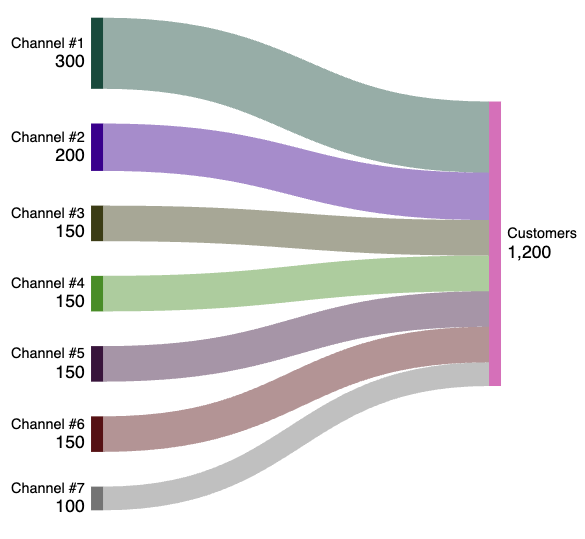
In the long run, companies with numerous viable sales flows will be more defensible than those investing heavily in a single acquisition channel, especially if you rely on Google and search engines.
I don’t know what features hold, and perhaps SEO will be much better in the future than I predict. Still, SEO seems like an uncertain, high-risk bet, and you should experiment with diversification sooner or later.
Featured image source: IconScout
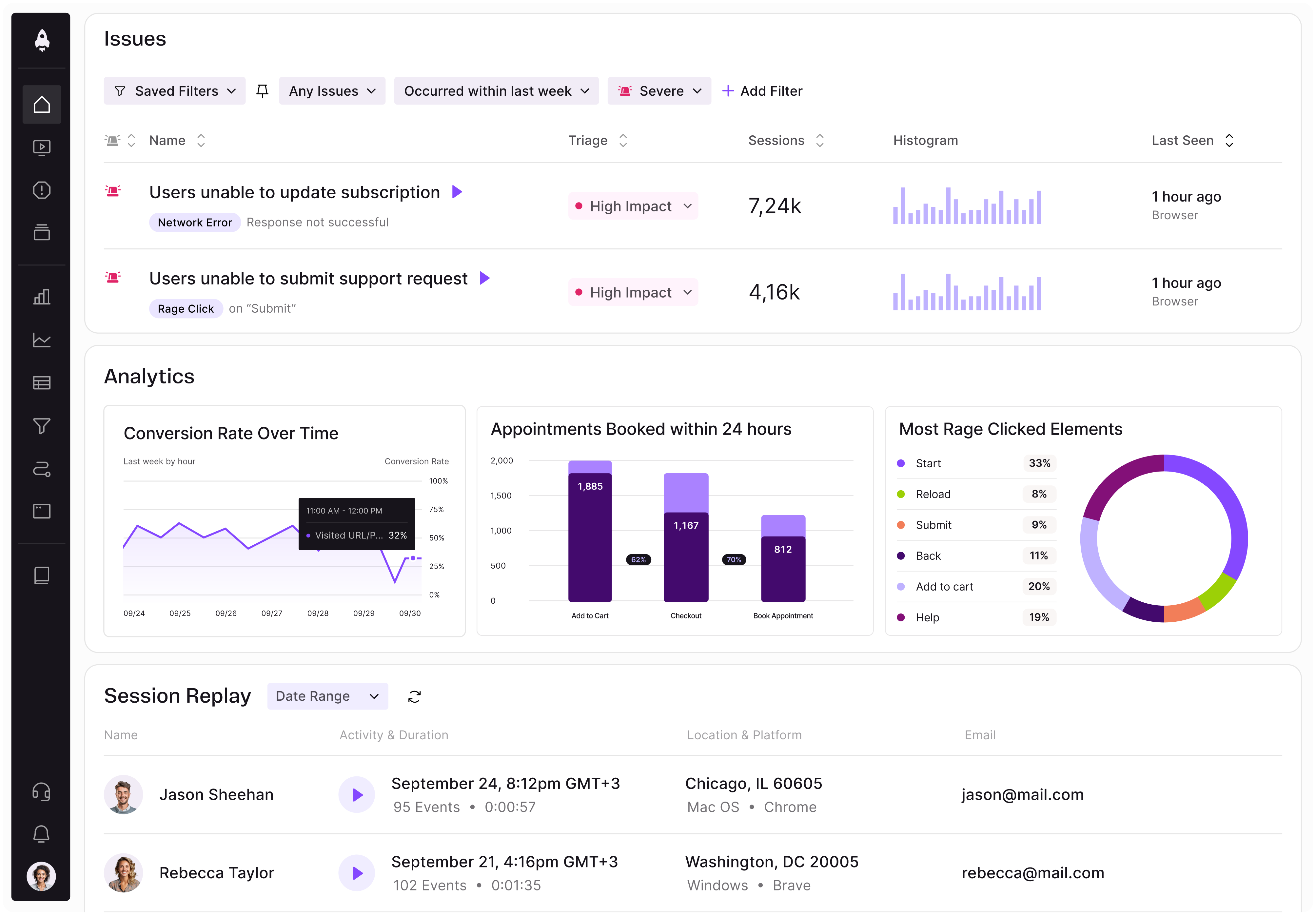
LogRocket identifies friction points in the user experience so you can make informed decisions about product and design changes that must happen to hit your goals.
With LogRocket, you can understand the scope of the issues affecting your product and prioritize the changes that need to be made. LogRocket simplifies workflows by allowing Engineering, Product, UX, and Design teams to work from the same data as you, eliminating any confusion about what needs to be done.
Get your teams on the same page — try LogRocket today.

A practical framework for PMs to use AI in ideation without sacrificing judgment, strategy, or decision quality.

A practical five minute revenue estimation method to help product managers compare ideas, drop low impact features, and prioritize smarter.

A practical guide for PMs who want to stop being bottlenecks, delegate smarter, and lead teams effectively with a clear ownership framework.

Stop letting unreliable data block features. Treat data as inventory to track quality, ownership, and ship with confidence.